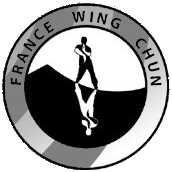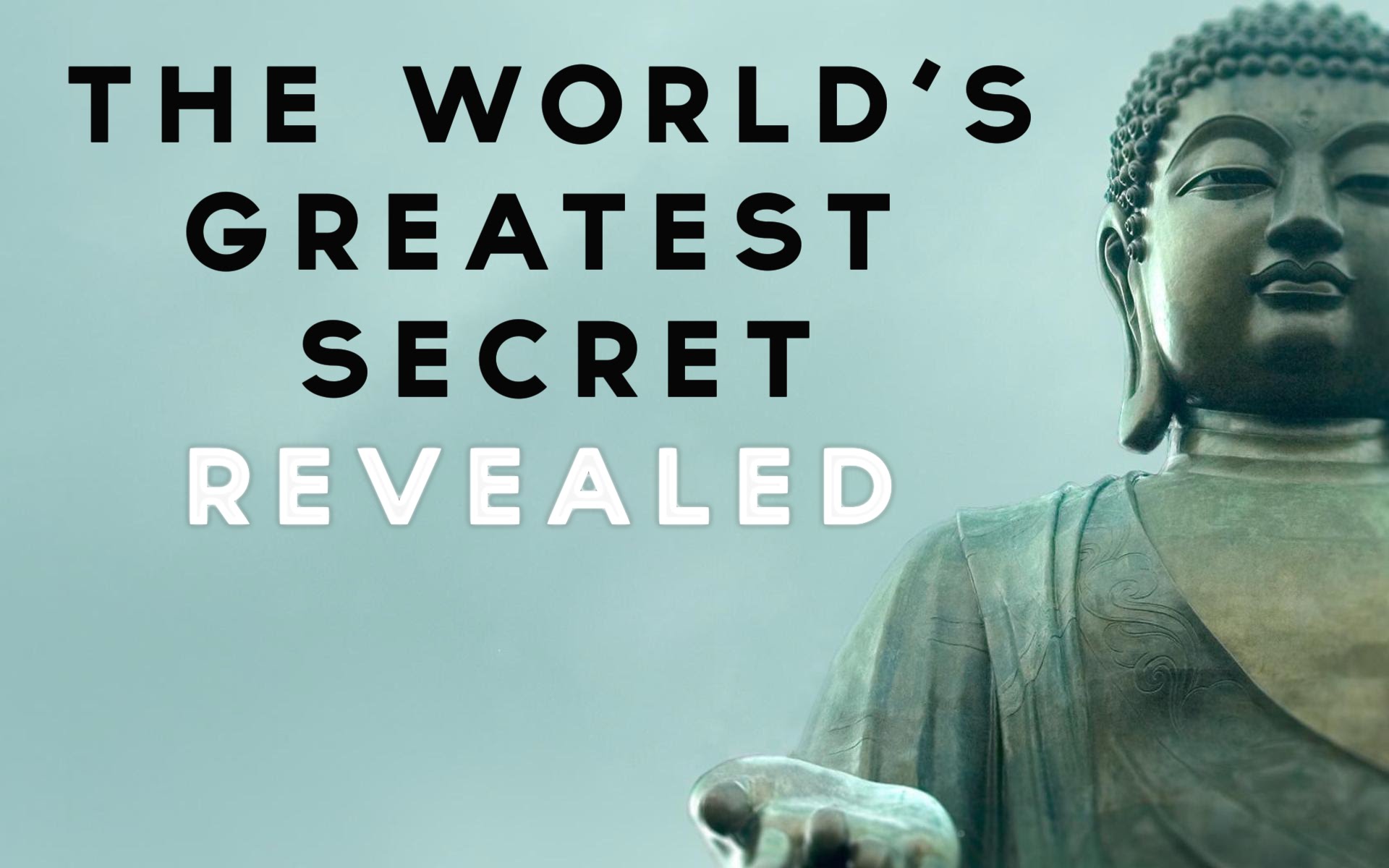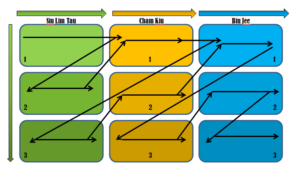My Wing Chun is the one ! No the mine is the one !! Episode 2
How does my wing chun work !
As you have understood from episode 1, each form is divided in 3 sections to get a potential of 9 versions.
It would be interesting now that we have this fact to add another specificity of the taoist tradition which is that each thing has a nature and multiple functions.
The example that is often given in Wing Chun is the blacksmith, whose nature is to shape metal, for that he has in his forge plenty of tools that will each have a fonction: the hammer hits, pliers grab and hold in place, fire softens and expands, etc.
Nature is the root, the intern face, and functions are the tools that will allow shaping body and mind to go towards naturalness.
Each form has a nature and specific functions.
Sim Lim Tau’s nature is to learn relaxation to the body and the mind (not that one which consists in being slouched in the sofa), posture, spacial positioning of arms and legs.
Function of the tao are the center line, static elbows, Tchong Kuen distance (punch strikes), full-face body concept, simultaneous attack and defense, etc.
Cham Kiu’s nature is to learn the body and the mind balance, body (and mind) harmony, structure building, rooting, etc.
Functions are to build the bridge distance (forearm), pelvis positioning to retrieve strength, kicks work, etc.
Biu Jee’s nature is to shape body and mind for strength throwing, absorption spirale, close distance notions, etc.
Functions are to build body distance (elbow), ground bringing, distance way out, etc.
Tan Sao, Wu Sao, Yee Dji Kim Yeung Ma posture, attack and defense movements, moving, absorbing or counterattack structure, kicks, elbow strikes, grabbing, eye jabs, and sweeps, all of these are functions.
You now understand that each function you will learn in each Tao will build up your practice but also grow your mind to reach Wing Chun’s nature, which will become your own nature.
I’m saying your own nature, and here we are, touching an important point that is each one’s nature. As you may know, natures are classified by the five movements symbolism: Wood, Fire, Earth, Metal and Water, and an emotion is associated to each one: your nature can be Wood, either bad-tempered or direct, it can be Fire, joyful or outward-looking, etc… (I invite you to read my previous articles on the five elements, and do your own research on the internet)
Now that you have both things that matters to me: Wing Chun nine chambers’ system and nature of each thing, it is time for me to explain how I proceed:
When I began my training with Master Chow Tse Chun, more than 20 years ago, there was a marketing idea telling that Wing Chun allowed you having seen everything and reaching a high level in 4 or 5 years. But Chow Tse Chun speech was different, he used to say: with me, you will not go fast, but you will go further away as I teach you the neutral way.
This doctrine echoed in me and since then, I teach following this way.
Neutral way is the middle path, the one telling you that you are in a linear attitude, where exercises will not be aggressive nor too light.
Everything will be based on body’s logical possibilities and on rationalized emotions.
The point to be in the middle is to let the student make use of his physical conscience and his own nature, rather than the teacher’s nature.
An aggressive teacher will get better results with students that adopt or share his aggressive nature, but if he has less aggressive or even opposite by nature students, his system’s efficiency will be reduced.
So as you may now understand, my aim is to be neutral in my teaching so that each and every one can get solid basics and later on add his own nature and personality.
Now for the technical learning, here is how I proceed:
starting square is a neutral version of Siu Lim Tau which function is to learn central line and spacial positioning of arms and legs, that will lead to a neutral Cham Kiu where my first aim will be structure and balance functions. After this version, I go back to a Siu Lim Tau’s version where simultaneous attack/defense takes his place to go to a second Cham Kiu’s version where I will focus on distance and kicks learning.
As you may deduce, I’m trying to stick to the most ancient Wing Chun’s system where each version of a Tao had to be completed before learning the following one.
But as today if we choose this way student will run away, I progress with Cham Kiu keeping the student close to the Siu Lim.
And then only after these steps, I will bring my students to the Biu Jee which will allow acquire body movements that are needed to improve the two first forms and completing the third version of Siu Lim Tau.
At the beginning of the training, Cham Kiu and Biu Jee taos are only a support for the Siu Lim Tau.
At this point, I have engraved in my students’ DNA the Siu Lim’s nature and if you take a look at them performing Chi Sao, you will see that they come back to Siu Lim Tau’s first structure, as this is the most completed form in their training, and the body has taken all of its fine details.
And then I go on with Cham Kiu and finish with Biu Jee.
Thanks to episodes 1 and 2, you now understand that each school follows its own traditions and has its own intrinsic nature and you understand that my learning style is to imprint in you Wing Chun’s DNA.
So now it’s your move, choose France Wing Chun and you will go further away!








